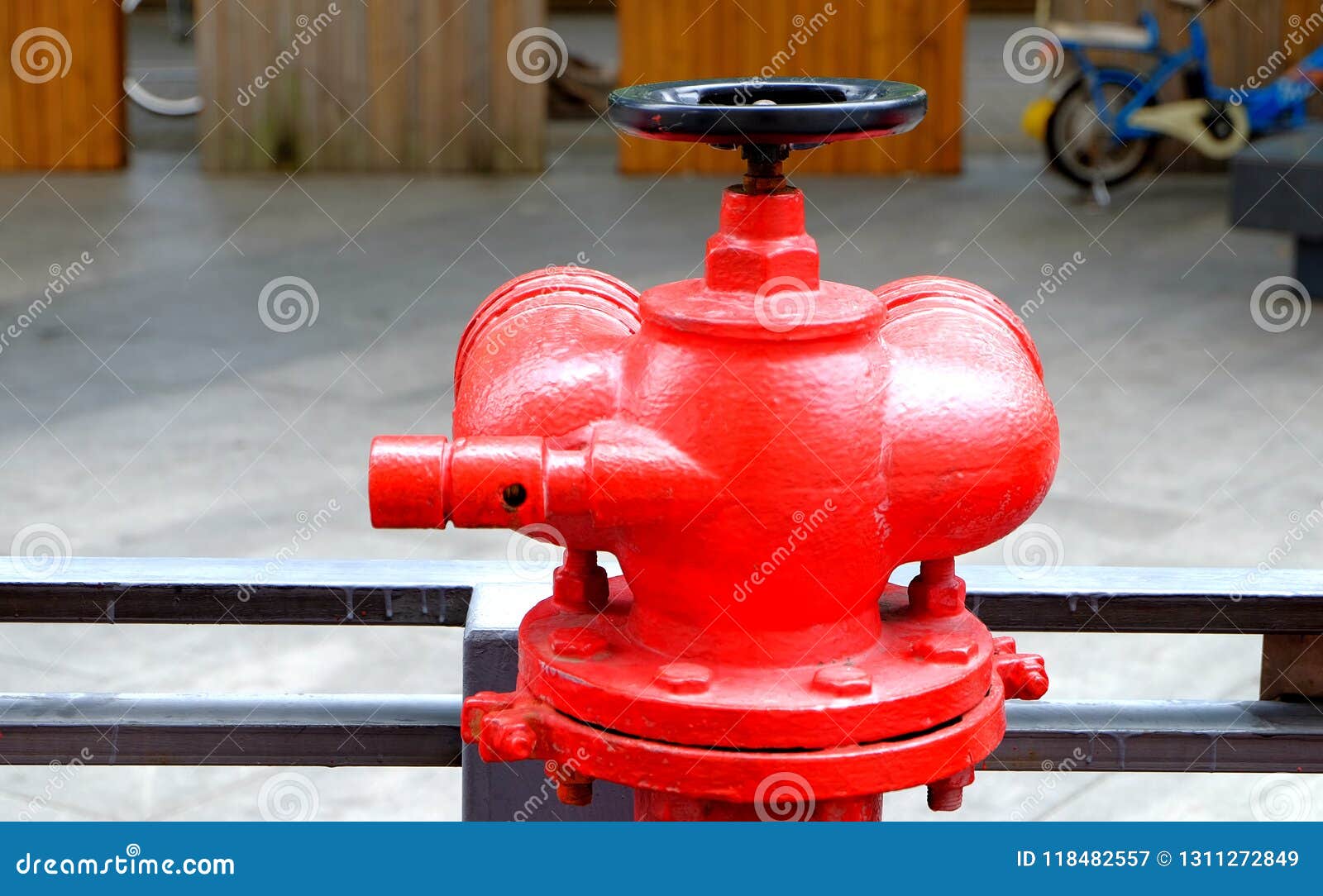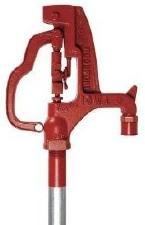How To Hook Up A Frist Free Hydrant To A Water Line
Installing a water hydrant in your yard is a great way to add a handy water source where you need it. The beauty of a frost-proof water hydrant is that it drains itself every time you shut off the water, preventing water from freezing inside the faucet in winter. To ensure the frost-proof function works, the drain valve at the bottom of the hydrant's standpipe must be buried below the frost line, the depth to which the ground freezes in winter. This varies by climate, so check with your local building department for the recommended depth in your area.
If you have never owned a pool before, the thought of refilling the pool with water can be daunting and a bit intimidating. My first thoughts immediately turn to pricing. How much does swimming. This provides a continuous stream of fresh warm water directed toward the surface. That is enough to always keep a drink hole open even in temps below 0°F. In the summer when junk closes the inlet holes in the pipe, simply block up the float to close the water valve, snap on an air hose on with a tank of compressed air, and blow the line clean.

Installing a water hydrant is easiest if you can tap into an existing underground water supply line, such as the mainline for a sprinkler system. If a water supply is not available, you must run a new line to the water hydrant location. In the project shown here, the hydrant is being installed into a PVC water line near some in-ground sprinkler valves, where it is easy to cut into the supply pipe and add a tee fitting for the new hydrant.
/red-water-hydrant-92168594-f26f456e7ead4f0b95f789ae0ed174a3.jpg)
Equipment / Tools
How To Hook Up A Frost Free Hydrant To A Water Line System

- Shovel
- PVC pipe cutter or hacksaw
- Level
- Tongue-and-groove pliers
How To Hook Up A Water Hydrant

Materials
- PVC pipe (sized as needed)
- PVC tee fitting
- PVC solvent glue
- Yard hydrant with standpipe and drain valve
- 90-degree elbow (sized for hydrant)
- MIP adapter (male-threaded x slip fitting)
- Plumber's tape
- Additional PVC fittings (as needed)
- Scrap pieces of metal rebar (optional)
- 1/2-inch gravel
Dig Down to the Supply Pipe
Shut off the water supply to the underground supply line, if possible; otherwise, shut off the water to the house. Dig a large hole at the hydrant location, exposing enough of the water supply pipe to provide ample room to work. Use only a hand shovel to prevent accidental damage to the pipe.
Install a Tee Fitting
Cut out a small section of the water supply line for installing a 90-degree tee fitting, using a PVC pipe cutter or a hacksaw. Fit a short length of PVC pipe into the side outlet of the tee, but do not glue it in place. Permanently install the tee into the supply pipe with PVC solvent glue, following the manufacturer's directions. When positioning the glued tee, use a level held along the short length of pipe to make sure the tee is perfectly horizontal.
Tip
If there isn't enough room for a tee fitting, you may need to reconfigure the irrigation system manifold to provide more room to work.
Add the MIP Adapter
Install a 90-degree elbow and the MIP adapter onto the bottom of the water hydrant standpipe, using plumber's tape, tightening the fittings with tongue-and-groove pliers. The MIP adapter has male threads that attach to the elbow as well as a smooth (slip) socket that you will solvent-glue to the PVC water supply pipe.
For added protection against clogging, you can install a 1/8-inch, 90-degree elbow into the drain valve so it is pointing downward. This helps ensure the valve does not easily clog with dirt that can come in from the sides.
Complete the Job
Cut the pipes and install additional fittings as needed to join the hydrant to the water supply tee fitting. Test-fit (without glue) all fittings to make sure everything fits correctly.
Glue all of the PVC pipes and fittings together, using solvent glue. If the water hydrant is heavy, it's a good idea to support it with a few pieces of metal rebar to hold it in place while the glue dries. Let the glue cure as directed by the manufacturer. Turn on the water and inspect all connections for leaks.
Fill the bottom of the hole around the drain valve with 1/2-inch gravel to a level at least 3 inches above the drain valve; this ensures the hydrant drains properly. Fill in the remainder of the hole with soil, carefully compacting the soil with your feet as you go.
Your Privacy Rights
How To Hook Up A Frost Free Hydrant To A Water Line Diagram

We and our partners process data to:
Actively scan device characteristics for identification. Use precise geolocation data. Store and/or access information on a device. Select personalised content. Create a personalised content profile. Measure ad performance. Select basic ads. Create a personalised ads profile. Select personalised ads. Apply market research to generate audience insights. Measure content performance. Develop and improve products.List of Partners (vendors)